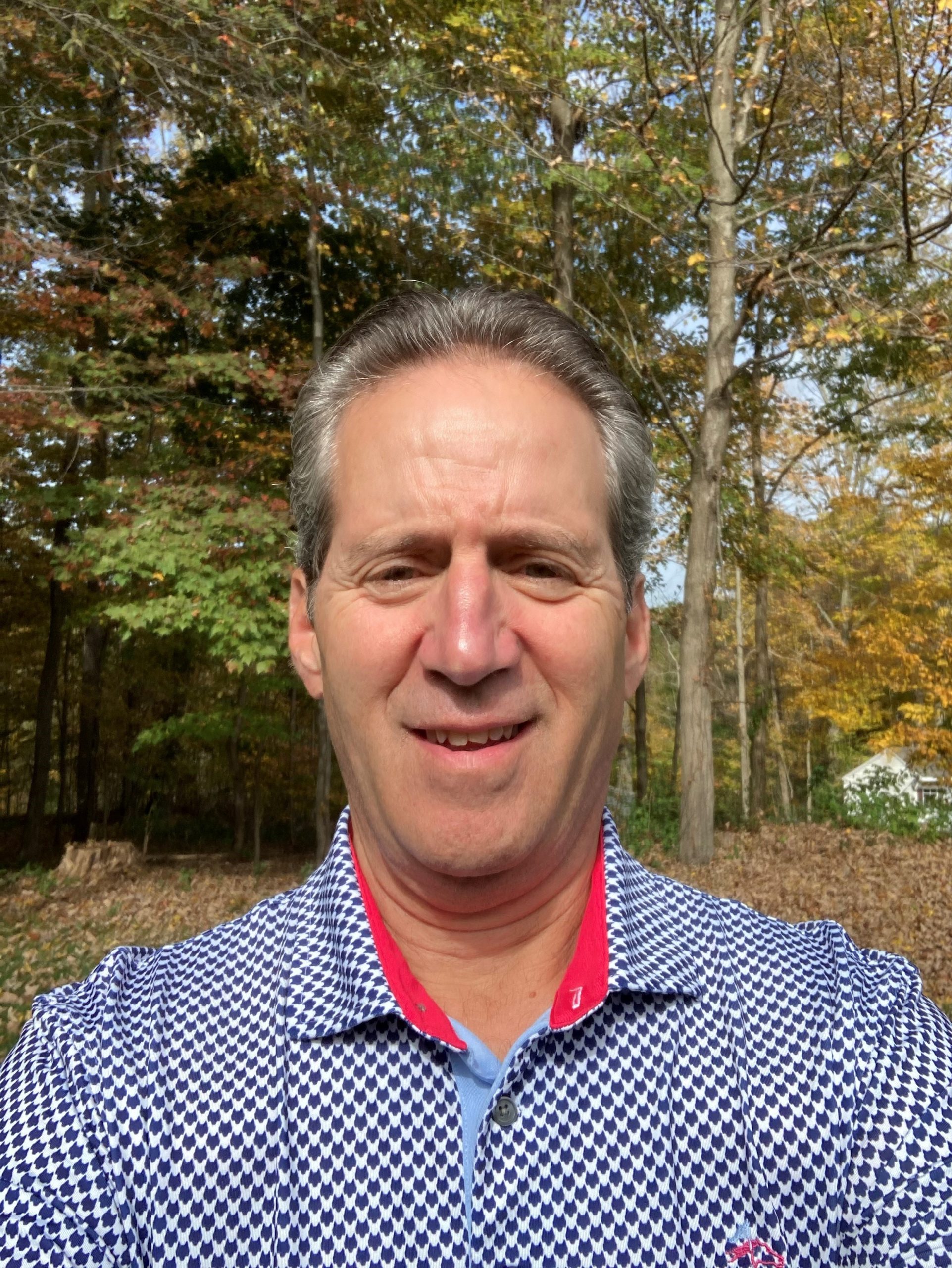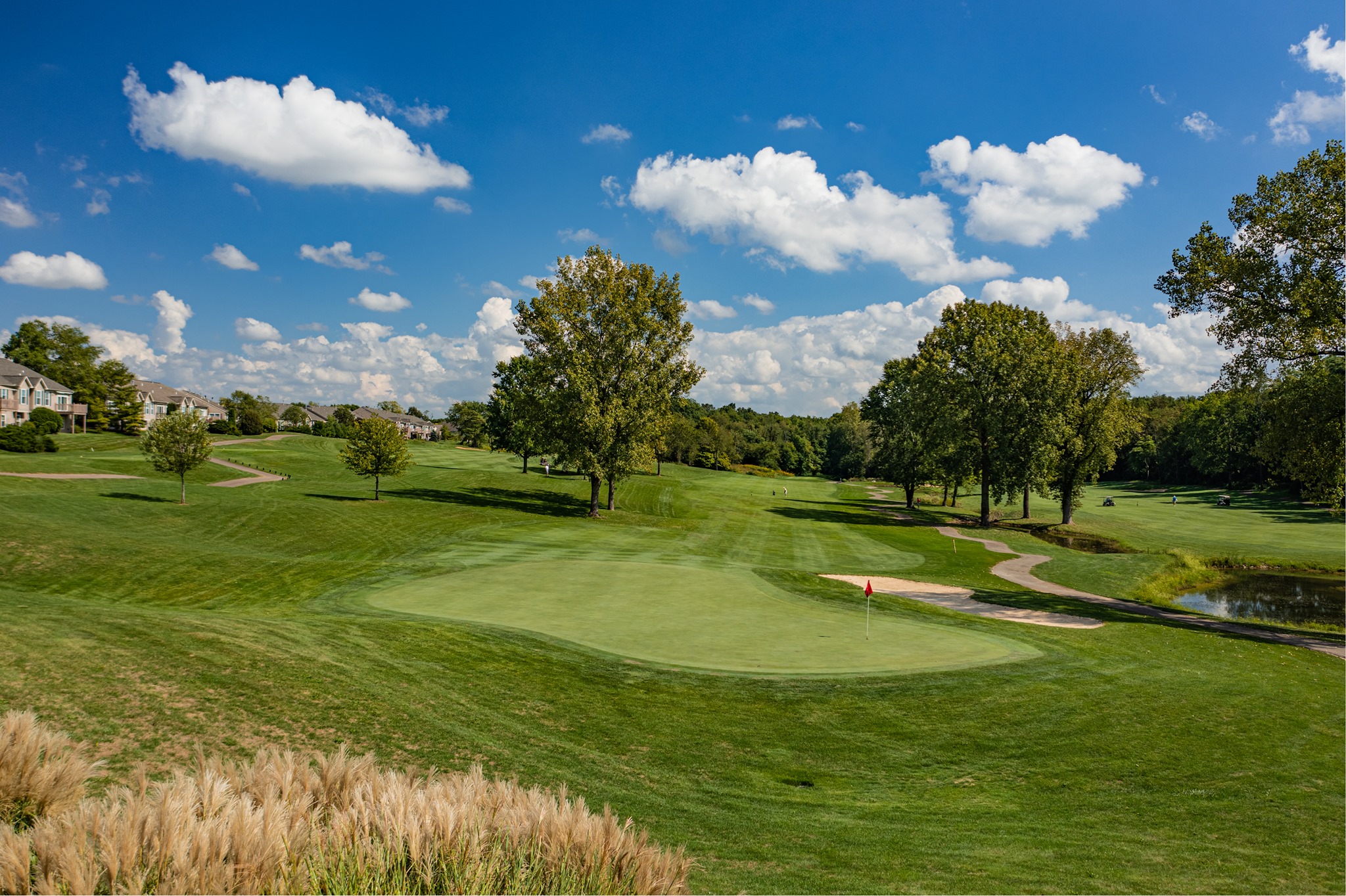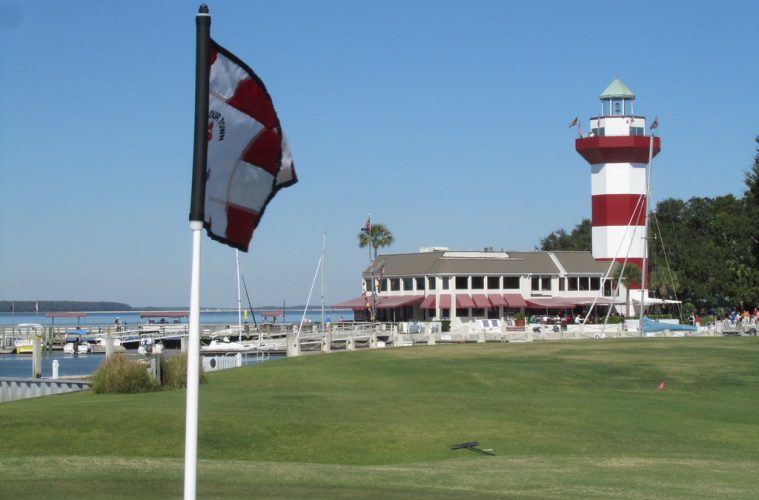Frank LaVardera
Director of Environmental Programs for Golf
Audubon International
Interview with Matt Ward
Background
The Audubon Cooperative Sanctuary Program (ACSP) for Golf is an award-winning education and certification program that helps golf courses protect our environment and preserve the natural heritage of the game of golf. By helping people enhance the valuable natural areas and wildlife habitats that golf courses provide, improve efficiency, and minimize potentially harmful impacts of golf course operations, the program serves an important environmental role worldwide. Audubon International has developed Sustainable Environmental Management Practices that are generally applicable to all golf courses. These standards form the basis for ACSP for Golf certification guidelines.

Frank LaVardera, Director of Environmental Programs at Audubon International
Who is Frank LaVardera?
As the Director of Environmental Programs for Golf, Frank LaVardera oversees Audubon International’s highly regarded Audubon Cooperative Sanctuary Program for Golf as well as the Signature and Classic Sanctuary programs for new and renovating golf courses. His department also includes the organization’s conservation programs – Monarchs in the Rough, the Raptor Relocation Network and BioBlitz.
LaVardera is an environmental professional with over 40 years of experience. Prior to joining Audubon International, he spent 36 years as an environmental consultant helping governmental, military, industrial and commercial clients navigate the world of environmental regulations and compliance. This experience included site assessments, facility planning and permitting, remediation, and the design of environmental impact mitigation systems.
He has been a guest speaker at numerous golf related seminars and trade shows talking about environmental sustainability related to the operation and maintenance of golf courses. He holds a Master of Science degree in Urban and Environmental Studies from Rensselaer Polytechnic Institute and a Bachelor of Science in Land & Water Resources from Ramapo College of New Jersey.
The LaVardera Story
I grew up in the 1960s and 1970s and there was a new awareness of the environment, and the impacts mankind was having on it. This awareness led me to study about the environment when I went to college. When I completed my undergraduate degree, I was lucky enough to find a job with an engineering company that did a lot of land development work. Within a few months, my suggestions about how projects should be designed to mitigate potential impacts were being taken seriously and being implemented! This provided me great satisfaction and the feeling of accomplishment.
I spent the next 36 years in the engineering and environmental consulting industry. My work included helping governmental, military, industrial and commercial clients navigate the world of environmental regulations and compliance. This experience included site assessments, facility planning and permitting, remediation, and the design of environmental impact mitigation systems. The projects that included the remediation of previously contaminated sites was especially rewarding. It was really rewarding to see these properties now being used for a variety of uses including parks and recreational facilities.
When I came to Audubon International in 2018, I was really impressed with the organization’s mission and the golf course certification programs. I really enjoy working with all types of golf courses and find the common denominator is the golf course superintendent. What I quickly found out is these men and women are true stewards of the environment. They understand the relationship between golf course maintenance and the environment, and specifically, where they need to take great care. They also take great pride in the wildlife that live at their course. What I also appreciate is their openness to our guidelines and principles to ensure environmentally sustainable operations.
***
You wake up in the morning — what’s the driving passion?
I get to help golf courses operate in an environmentally sustainable manner. That’s a pretty cool job!
What makes your work so rewarding?
Just about every golf course superintendent I have met is a steward of the environment. They have a great appreciation for environmental sustainability and welcome the help we can provide. Over time, it’s great to see the improvements at the course.
What was the genesis for The Audubon Cooperative Sanctuary Program (ACSP) for Golf?
The organization was founded in 1987 and the mission is to deliver high-quality environmental education and to facilitate the sustainable management of land, water, wildlife, and other natural resources in all places people live, work, and play.
For golf, there are two primary aspects: education and certification, with the goal of conserving natural resources, enhancing wildlife habitat, protecting water quality, and improving communication to help change the negative perception some people have about golf courses.
How many courses today are now certified?
The ACSP has 724 certified courses, and our Signature Program has 115.

Beaver Creek Golf Club in PA
Do courses once certified — have to reapply for continued certification?
Courses need to be recertified every three year and the recertification alternatives between a Backup Documentation\Case Study Recertification and a Site Visit Recertification.
From a total standpoint — what’s the percentage of courses certified from the following categories: private, resort, daily fee and municipal (taxpayer owned)?
The breakdown is currently has follows:
Private: 53%
Resort: 9%
Daily Fee: 20%
Municipal: 18%
How much of a difference do you see being done with golf courses today in concert with the environmental issues that deal with now versus from say 10-20 years ago?
I think there have been significant improvements in golf course operations with respect to the environment over the past 10 to 20 years. There is more technology available today to help superintendents be more environmentally sustainable. Examples include the use of moisture meters to help determine when courses need irrigation. This has resulted in the savings of millions of gallons of water at courses.
Another example is the use of GPS to guide sprayers on the course to ensure that chemicals are only applied to exactly where they need to go. This typically results in a 10 to 15% savings in chemical use. Finally, at the college and university level, there has been significant research to develop grass species that are more drought and disease resistant. This has resulted in courses utilizing these species and reducing their inputs across the board.
Critics of golf courses state that they are unnatural and consume too much – especially on the water side. What’s your take on this?
Golf courses, like other recreational facilities, require a certain level of maintenance to allow them to be playable. Today, golf course superintendents utilize sustainable practices to limit the resources they use. The decreases in water and chemical usage have been well documented industry wide. But beyond the recreational aspect of a golf course, most people don’t realize the positive benefits golf courses provide to the ecosystem, especially in more urban and suburban areas.
The typical 18-hole golf course may include about 150 to 200 total acres of total property with only 70 to 80 acres being managed turf. These properties serve as a green oasis and provide many environmental benefits including stormwater storage and filtration, wildlife habitat for a variety of species, and a cooling effect during the hottest days of summer.

Troon North Golf Club Arizona
Given your role –do you play golf and if so, how much and where generally?
Like a lot of people who work full-time, I don’t play as much golf as I would like. My job has allowed me to play at some nice courses from time to time.
Best advice you ever received — what was it and who was it from?
I think some of the best advice I ever received was in regard to my education. I was 25 years old working full time in the environmental consulting industry and was interested in pursuing a master’s degree. I did some research and found it was going to take me 5 years to get that degree by taking classes at night. It seemed daunting.
When I discussed it with my supervisor, he asked me how old I would be if I obtained the degree and I answered 30. He then asked me how old I would be in five years if I didn’t obtain the degree. Things became pretty clear at that point!
***
For more info go to:
Photo Credits:
Featured Image: Harbour Town Links, Dan Perry
Beaver Creek Golf Club in PA: Beaver Creek Golf Club
Troon North Golf Club Arizona: Courtesy of Troon Golf
WHAT'S YOUR REACTION?


